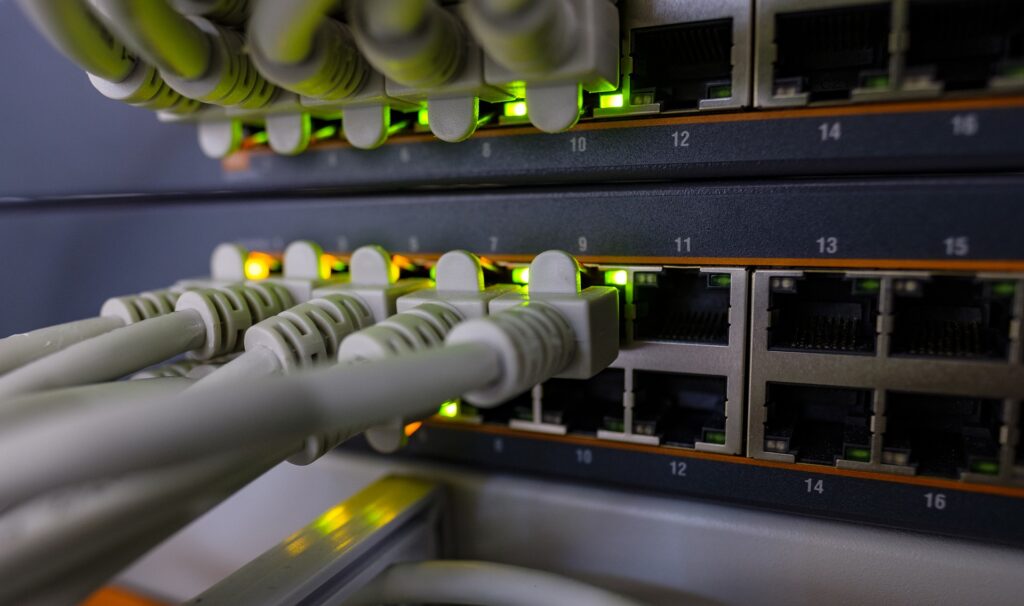
EUI-64
IPv6 addresses can be very dynamic. In the way they’re assigned that is. That’s where EUI-64 comes in.
When an interface is configured to use EUI-64, it has a prefix already assigned. This can be done manually, or through some other technology like SLAAC.
EUI-64 then generates a unique host portion of the IP address. It does this with a simple process.
On an Ethernet network, it will start by getting the 48-bit MAC address. This is a value that is already unique.
It then splits the address into two equal halves and places the hex value ‘FF FE’ in between. This pads out the address to 64-bits long. Then it takes the 7th bit of the address and inverts it.
It takes this host ID and adds it to the prefix it already has to create a full and unique IPv6 address.